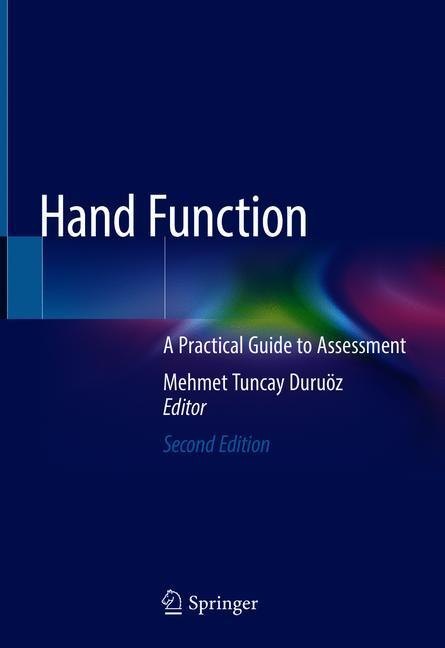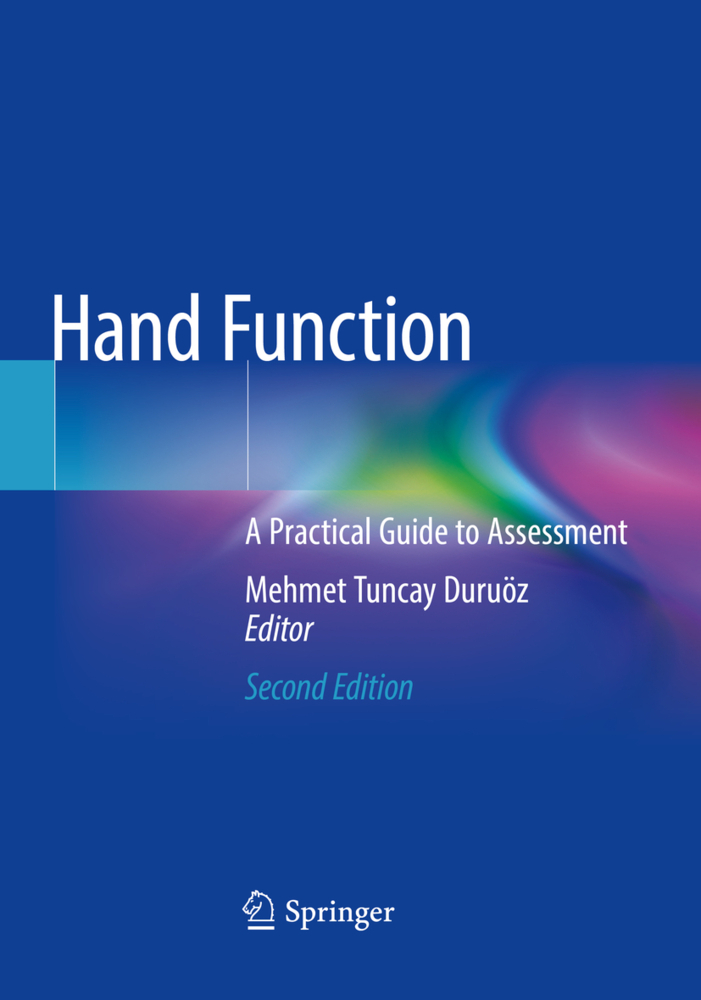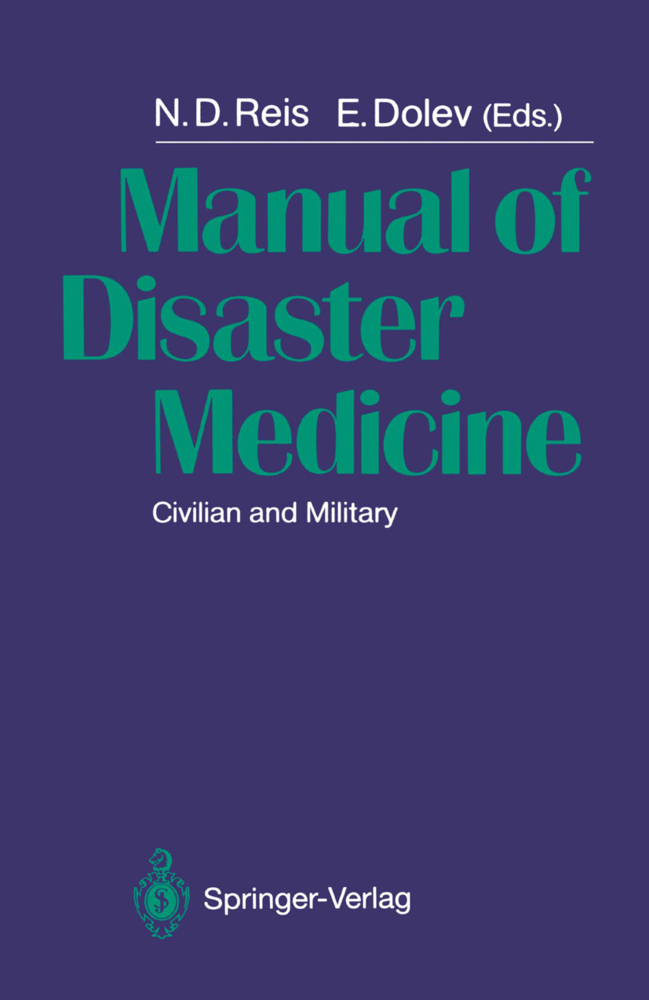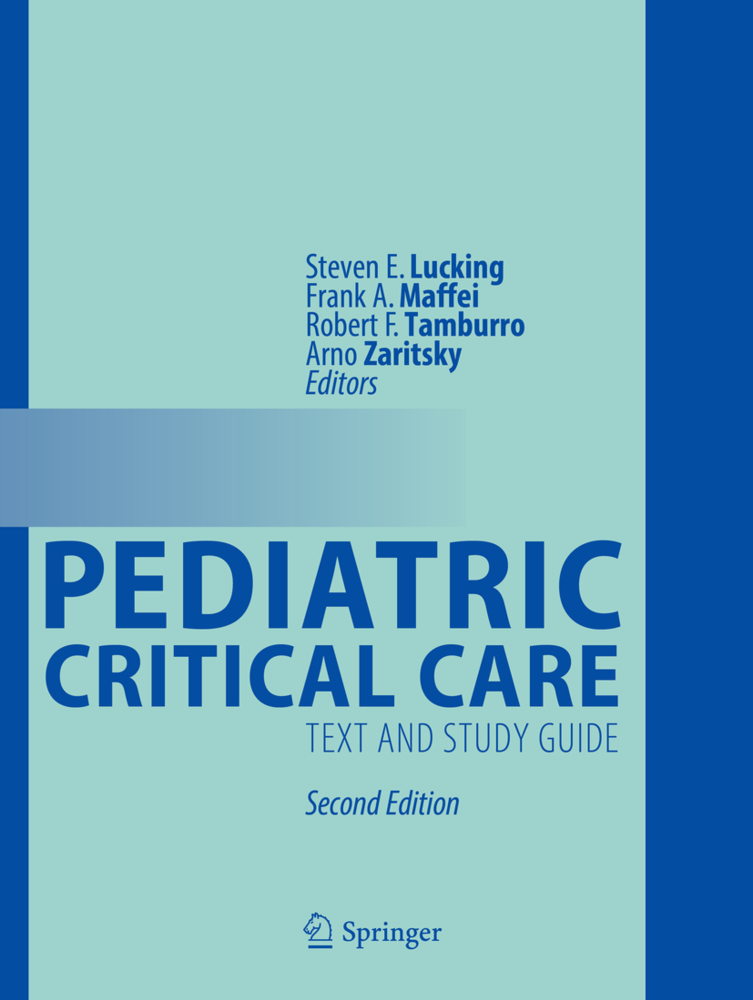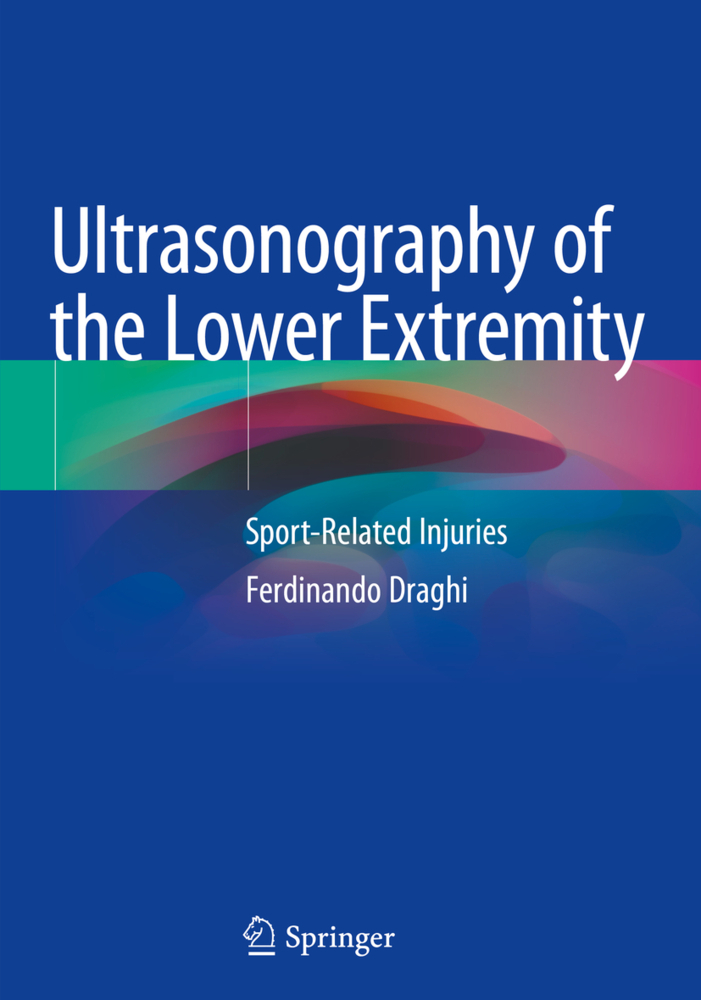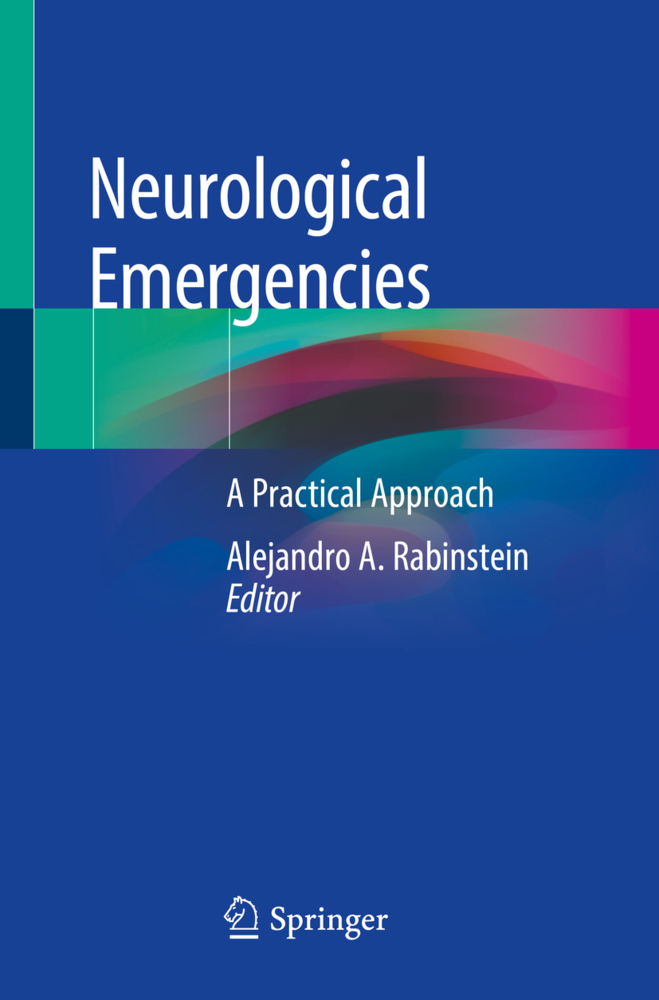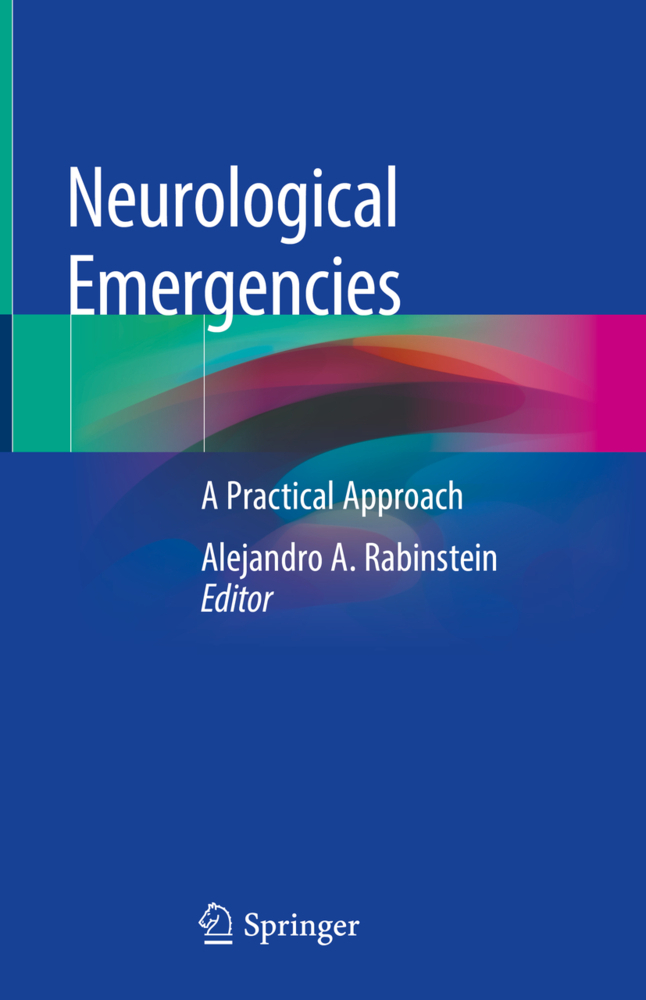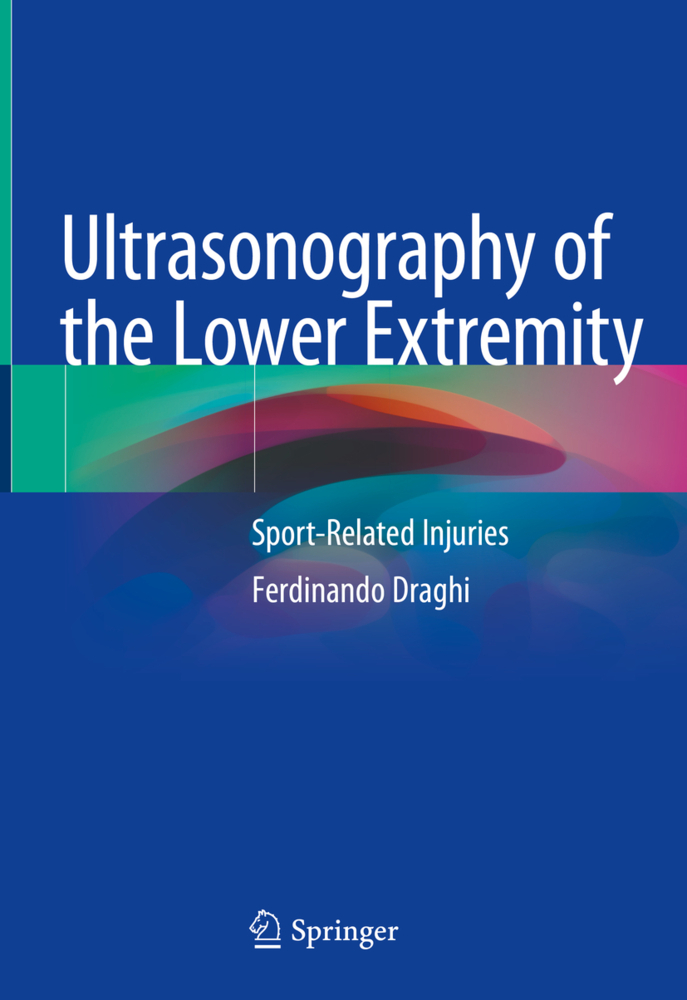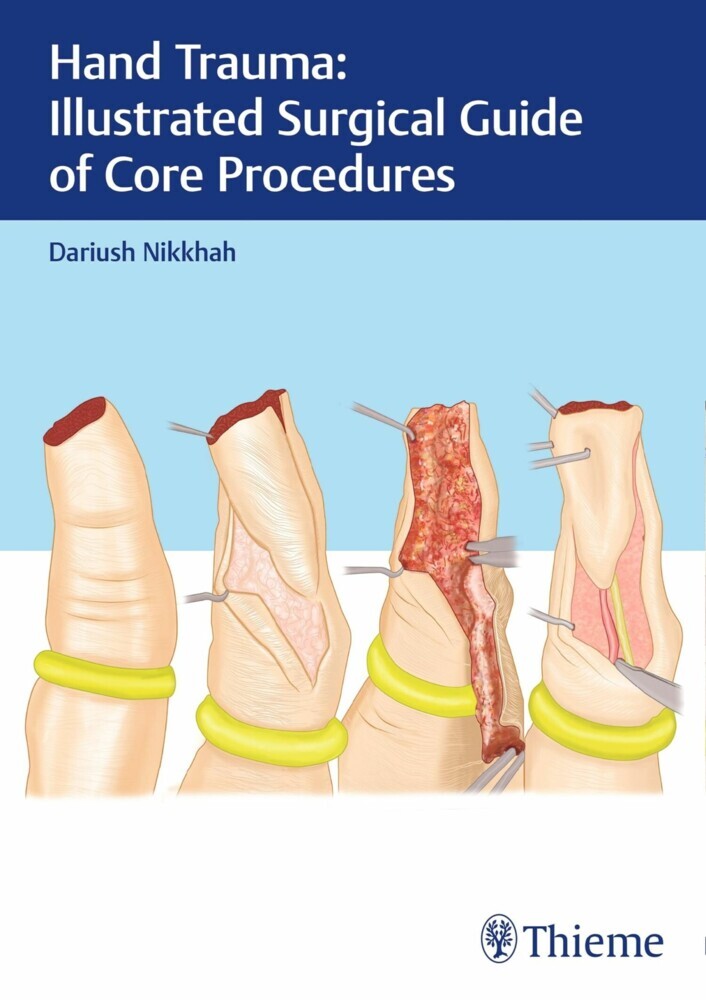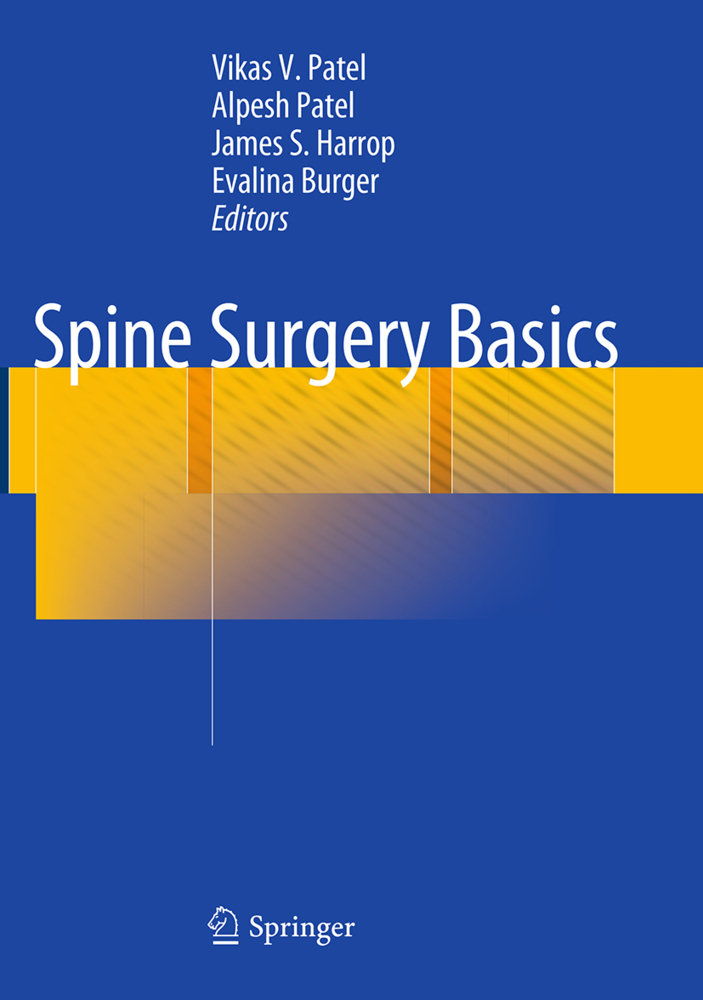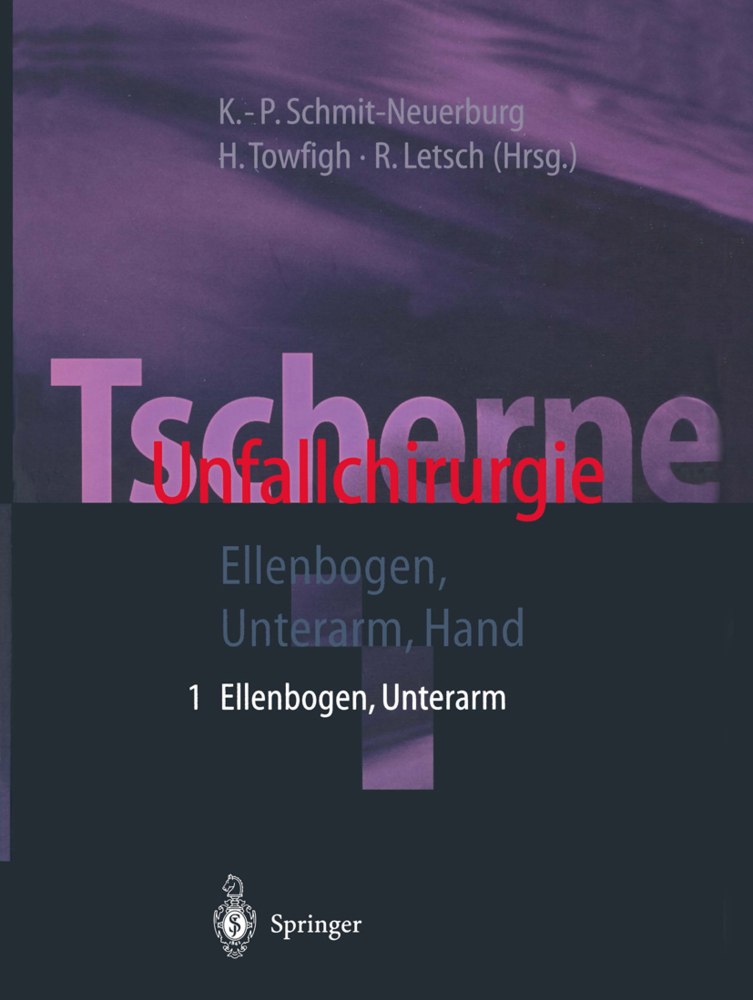Hand Function
A Practical Guide to Assessment
This practical guide aids clinicians in distinguishing the different dimensions of hand function such as impairment, disability, and handicap. New and updated chapters discuss cerebral palsy, sports injuries, robotics, and assistive technologies. Extensively revised, the book provides a broad overview of the basic principles and examination of hand function. It describes how to evaluate hand function in specific afflicted populations, including the rheumatoid patient, the stroke patient, the trauma patient, the geriatric patient, and the pediatric patient as well as special populations such as diabetes mellitus patients and musicians. It also includes an appendix of hand function scales essential to the assessment of disability. The Second Edition of Hand Function is an ideal resource for all rheumatologists, physiatrists, hand surgeons, orthopedists, occupational therapists, and physical therapists caring for patients with impaired hand function.
Mehmet Tuncay Duruöz
Professor, Department of Physical Medicine and Rehabilitation
Head of Rheumatology Division
Marmara University Medical School
Istanbul, Turkey
Mehmet Tuncay Duruöz
Professor, Department of Physical Medicine and Rehabilitation
Head of Rheumatology Division
Marmara University Medical School
Istanbul, Turkey
1;Preface from 1st Edition;6 2;Preface for 2nd Edition;7 3;Contents;8 4;Contributors;10 5;Section I: Basic Principles of Hand Function;13 5.1;1: Functional Anatomy and Biomechanics of the Hand;14 5.1.1;The Hand: A Beautiful but Complex Instrument;14 5.1.1.1;Introduction;14 5.1.2;Skin and Connective Tissue;15 5.1.2.1;Clinical Relevance: Example;15 5.1.2.2;Clinical Relevance: Example;16 5.1.3;Joints and Ligaments;16 5.1.3.1;Carpometacarpal (CMC) Joints;17 5.1.3.1.1;Clinical Relevance: Example;17 5.1.3.2;Metacarpophalangeal (MCP) Joints;17 5.1.3.2.1;Clinical Relevance: Example;18 5.1.3.2.2;Clinical Relevance: Example;18 5.1.3.3;Proximal Interphalangeal (PIP) Joint;18 5.1.3.3.1;Clinical Relevance: Example;18 5.1.3.4;PIP and DIP Move Interdependently;19 5.1.3.4.1;Clinical Relevance: Example;19 5.1.3.5;Thumb;19 5.1.3.5.1;Clinical Relevance: Example;20 5.1.3.6;Wrist Carpal Bones;20 5.1.3.7;Distal Radioulnar Joint (DRU);20 5.1.3.8;Triangular Fibrocartilage Complex (TFCC);20 5.1.3.9;Scapholunate (Interosseous) Ligament (SL);21 5.1.3.10;The Dart-Throwing Motion (DTM);21 5.1.3.10.1;Clinical Relevance: Example;21 5.1.4;Muscle and Tendons;21 5.1.4.1;Intrinsics of the Finger and Thumb;22 5.1.4.1.1;Clinical Relevance: Example;23 5.1.4.1.2;Clinical Relevance: Example;23 5.1.4.2;Intrinsic Tightness;23 5.1.4.2.1;Clinical Relevance: Example;24 5.1.4.2.2;Clinical Relevance: Example;24 5.1.4.3;Lumbrical Plus;24 5.1.4.4;Fingers Flexing: The Flexors and Pulleys;24 5.1.4.5;Pulleys;24 5.1.4.5.1;Clinical Relevance: Example;25 5.1.4.6;Flexor Digitorum Profundus (FDP) Quadriga: Linkage of Tendons;25 5.1.4.6.1;Clinical Relevance: Example;25 5.1.4.7;Flexor Digitorum Superficialis (FDS);25 5.1.4.8;FDS Chinese Finger Trap: Tendon Locking Mechanism;25 5.1.4.8.1;Clinical Relevance: Example;26 5.1.5;Finger Extension: The Extensors;26 5.1.5.1;Extensor Tendons;26 5.1.5.1.1;Clinical Relevance: Example;26 5.1.5.1.2;Clinical Relevance: Example;26 5.1.5.1.3;Clinical Relevance: Example;28 5.1.5.2;EIP and EDC of Index Finger;28 5.1.5.2.1;Clinical Relevance: Example;28 5.1.6;Thumb Muscles;28 5.1.6.1;Extensor Pollicis Longus (EPL);28 5.1.6.1.1;Clinical Relevance: Example;28 5.1.6.2;Extensor Pollicis Brevis (EPB);28 5.1.6.2.1;Clinical Relevance: Example;28 5.1.6.3;Abductor Pollicis Longus (APL);28 5.1.6.3.1;Clinical Relevance: Example;28 5.1.7;Nerves and Innervations;29 5.1.8;References;31 5.2;2: Physical Examination of the Hand;33 5.2.1;Introduction;33 5.2.2;Patient History;33 5.2.3;General Inspection;34 5.2.4;Palpation;34 5.2.5;Assessment of Range of Motion;37 5.2.6;Range of Motion of the Wrist;37 5.2.7;Range of Motion of Fingers;39 5.2.8;Thumb Motions;40 5.2.9;Neurological Examination;41 5.2.9.1;Muscle Strength Evaluation;41 5.2.10;Motor Functions of the Thumb;43 5.2.11;Pinch and Grip Strength;44 5.2.11.1;Sensory Function Evaluation;45 5.2.12;Evaluation of Vascular Supply of the Hand;47 5.2.13;Specific Tests;47 5.2.14;References;50 5.3;3: Assessment of Hand Function;52 5.3.1;Functional Components of the Hand;53 5.3.2;Grip (Prehension);53 5.3.3;Dexterity;57 5.3.4;Assessment Methods;57 5.3.5;Which Assessment Method Is the Best?;60 5.3.6;References;60 6;Section II: Hand Function in Clinical Practice;63 6.1;4: Pain and Hand Function;64 6.1.1;Introduction;64 6.1.2;Understanding and Classifying Chronic Pain;64 6.1.3;Measuring Hand Pain and Function;67 6.1.4;Hand Pain and Function by Region;69 6.1.5;Main Causes of Chronic Hand Pain and Its Relations to Hand Function;72 6.1.5.1;Osteoarthritis;72 6.1.5.2;Systemic Rheumatic Diseases;72 6.1.5.3;Tendinitis, Tenosynovitis, and Trigger Finger;73 6.1.5.4;Benign Masses of Wrist;73 6.1.5.5;Trigger Points;73 6.1.5.6;Vascular Diseases;73 6.1.5.7;Posttraumatic Chronic Pain;75 6.1.5.8;Peripheral Nerve Syndromes;75 6.1.5.9;Complex Regional Pain Syndrome;75 6.1.5.10;Phantom Limb Pain;76 6.1.6;References;76 6.2;5: Hand Function in Rheumatoid Arthritis;80 6.2.1;Hand Impairment, Activity Limitations, and Participation (Functional Ability);82 6.
Duruöz, Mehmet Tuncay
| ISBN | 9783030170004 |
|---|---|
| Artikelnummer | 9783030170004 |
| Medientyp | E-Book - PDF |
| Auflage | 2. Aufl. |
| Copyrightjahr | 2019 |
| Verlag | Springer-Verlag |
| Umfang | 351 Seiten |
| Sprache | Englisch |
| Kopierschutz | Digitales Wasserzeichen |

